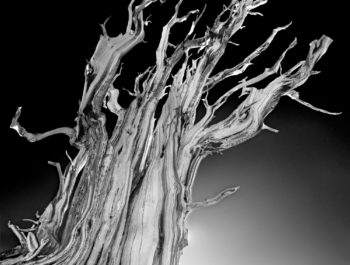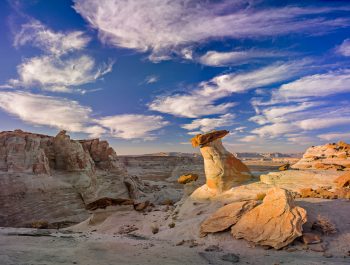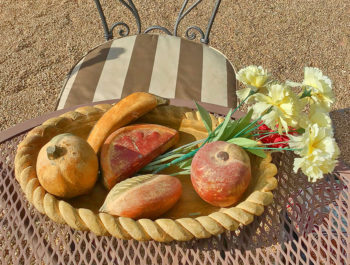Creating Artistic Photographs Photo Police Part 2: Not Teaching The Rules Of The Photo Police
Introduction
My previous essay, The Narrow-Minded Rules of The Photo Police, may have given the impression that because I do not endorse the rules of the photo police I do not teach anything to my students. Let me correct this impression. Just because I do not teach the narrow-minded rules of the photo police does not mean I do not teach anything. In fact, it means the opposite. The first thing I teach is ‘do not follow the ridiculously narrow-minded rules of the photo police.’ The second thing I teach is that we do not have to follow these rules to be successful. The third thing I teach is that the photo-police is a bunch of photographers out of touch with the reality of art whose opinions are rooted in an outdated paradigm.
The fourth thing I teach, which is the most important, is that students need to decide what kind of images they want to create. In other words, I let students find the images they like and want to create instead of forcing them to follow arbitrary rules and re-create already-existing images. To this end, I ask students what their aesthetic and technical preferences are. Which colors do they like? What type of art, artists, and art movements do they like? What type of compositions do they like? What kind of subjects do they like? What type of viewpoint do they like? Do they like to photograph the whole landscape, the intimate landscape, macro details, or something else? What type of cameras do they like? Do they want to use a Phase One IQ4, a 35mm reflex, an EVF camera, a cell phone, or some other type of camera? I ask what their processing preferences are. Which software do they like to use and how much time do they spend processing their images? Finally, I ask them what else they are passionate about in regards to photography.
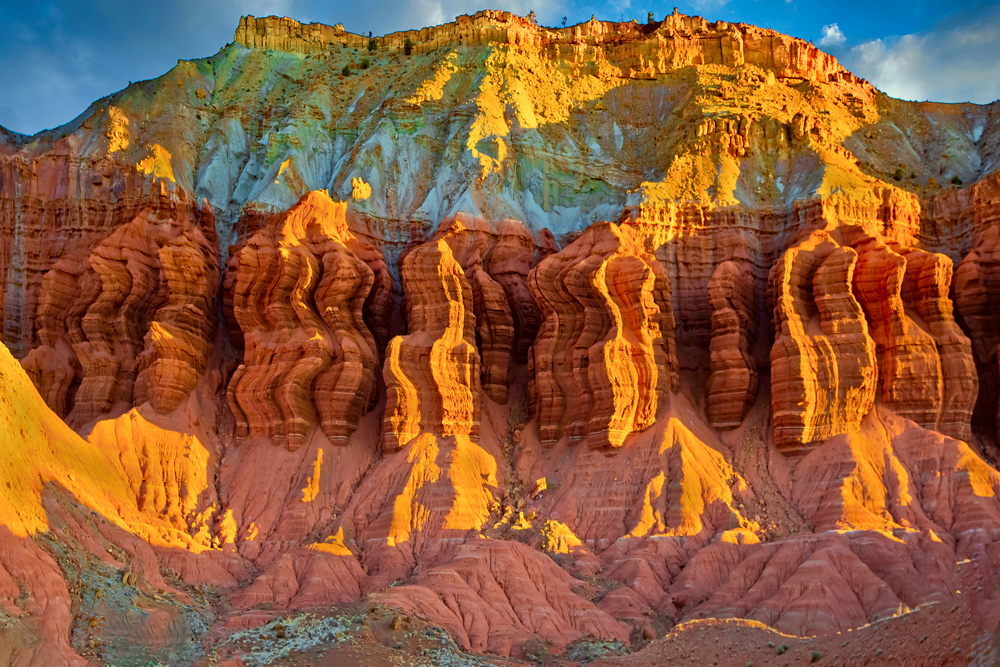
About the illustrations: to follow the teaching theme of this essay all the illustrations are photographs created by students during my workshops.
This is student-oriented teaching, not teacher-oriented teaching. We start by setting goals and we work towards achieving these goals. I do not tell students what to do. I let them tell me what they want to do and I offer guidance to help them create the images they have in mind. For me, teaching is not about asking students to follow somebody else’s idea of what makes a good photograph. For me, teaching is about creating our own images, whatever they may be.
When I teach in the field my role is to help students figure out how to capture images. When we return to the studio my role is to help them give their images the ‘look’ they like. After students have created the images they like I review their prints. I ask students what they wanted to accomplish and I ask questions about the images they created. For example, if a student tells me ‘I wanted to create clean, saturated colors’ and I see on their prints that this student’s colors came out dirty and pale I explain that something has to be changed in the processing steps they follow in Lightroom or in Photoshop so that they can get the clean colors they are after. Similarly, if a student tells me ‘I wanted to create photographs that are sharp throughout the image’ and I see on their prints that the foreground of their photographs is blurry, I tell them they need to use hyperfocal focusing or image stacking in order to create the images they have in mind. Again, if a student tells me ‘I wanted to feature a prominent foreground in my images’ and I see on their prints that the subject they selected as the foreground is small and unimposing, I tell them to find a larger foreground, or get closer to the foreground element, or use a different lens, either longer or shorter, depending on where the subject is located and which optical effect is desired.
In any case, I offer solutions aimed at solving problems, solutions whose goal is to fix the issues I find, the discrepancies between what students want and what students get on their prints, whatever those issues might be. This is where teaching comes in. Rather than teach arbitrary rules I teach what students need to know in order to create the images they have in mind.
The reason I use this teaching approach is that I want students to create work they like. I want them to create work that makes them happy, not work that makes the photo police happy. I never lose sight of the fact that these are their images and that they were created at the cost of their time, effort, and money. When someone spends a lot of time, effort, and money creating photographs for personal reasons these photographs better make that person happy when they look at them. If they don’t something is wrong and something needs to be fixed. I do a lot of ‘fixing’ during my workshops!

What I Teach
To sum things up here is a shortlist of some of the things I teach. Before I start with this list I want to mention that this is not an exhaustive list or a compendium of the things I teach during my workshops. It is a list of things related to the subject I am discussing here which is the rules of the photo police.
In my workshops, I teach the entire photographic process from fieldwork to processing, printing, and marketing. I also teach both the artistic and technical aspects of photography.
This list features concise statements rather than detailed explanations. Explaining these things at length is what I do during my workshops. This being said here are some of the things I teach:
• I teach not to follow the rules of the photo police.
• I teach that in digital photography processing is as important as fieldwork. Processing is also more time consuming and this for two reasons. First because of the vast amount of transformations we can apply to an image. Second because of the phenomenal amount of captures we bring back home from a field trip or a workshop. While with film I brought home hundreds of photographs after a one-week shoot, with digital I bring home thousands if not tens of thousands of images after the same amount of shooting time.
• I teach that we are free to take as many photographs as necessary to get the shot. Because we took 100 or 1000 captures to get a single image does not diminish its value in any way. The concept that a ‘keeper’ must be shot on a single frame is a photo police rule.
• I teach that color matters. Not color in the sense of what was in the original scene or on the image capture, but color as it is seen in the artist’s mind. This is ignored by the photo police who believe that color must be reproduced in print the way it was in reality. Painters know better and transform color into an expressive element of their images by using colors that represent their emotional state rather than colors that duplicate those of the original subject. I encourage photographers who want to create personal work to follow the same approach.
• I teach that during this transitional time from film to the digital paradigm being inspired by the work of painters is more important than being inspired by the work of photographers. This is because most photographers continue to follow the rules of the photo police and have little to provide in regards to offering a forward-thinking approach. Painters, on the other hand, do not have painting police and have been at work breaking paradigm rules for a long time.
• I teach that reality is only a point of departure. It is a starting point from which we must inevitably depart in order to express a personal vision of the scenes we photograph.
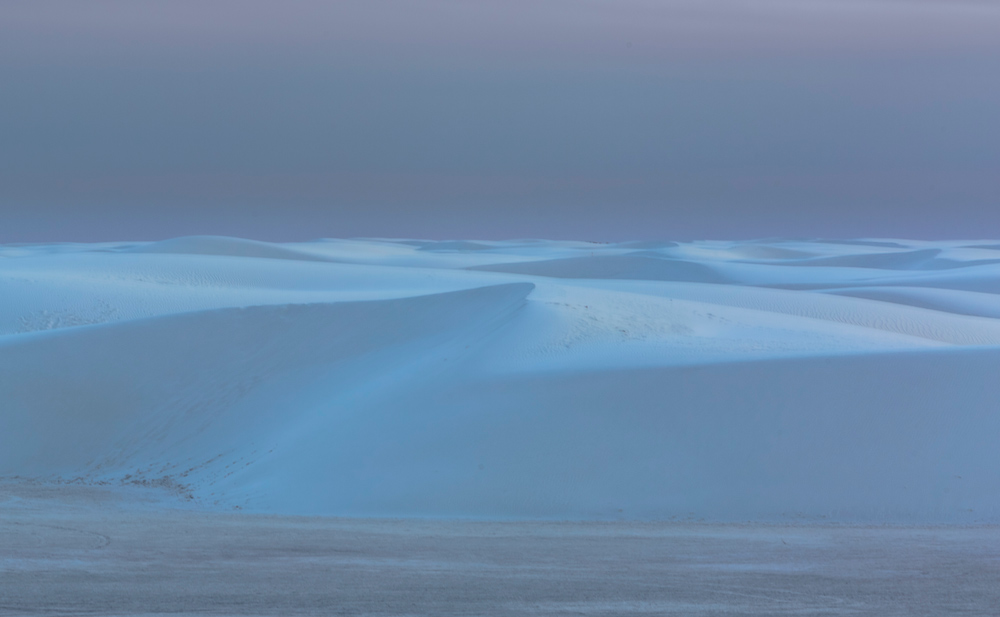
• I teach that transformation of the original scene into a personal vision of this scene is the goal. Representing reality is not the goal. Transforming reality is.
• I teach that using all the tools we have our disposal in Lightroom, Photoshop or other image processing software is essential. No digital tool or technique should be ignored without trying it first. Whether one of these is for you or not can only be decided by trying it on one of your images.
• I teach that it is important to work on projects, on collections of 4 to 25 images, rather than on creating isolated trophy images. This is because single ‘trophy’ images are often bucket list images whose goal is to demonstrate we can do this as well as those who came before us. Projects on the other hand focus on demonstrating a personal style that is carried over to a group of images thereby demonstrating both stylistic consistency and homogeneity.
• I teach that creating art is not a bucket list to be completed by checking off items on this list. Art is the expression of a unique inner personal passion that asks to be presented visually so it can be shared with others.
• I teach that art is personal expression, not a duplication of previously existing work.
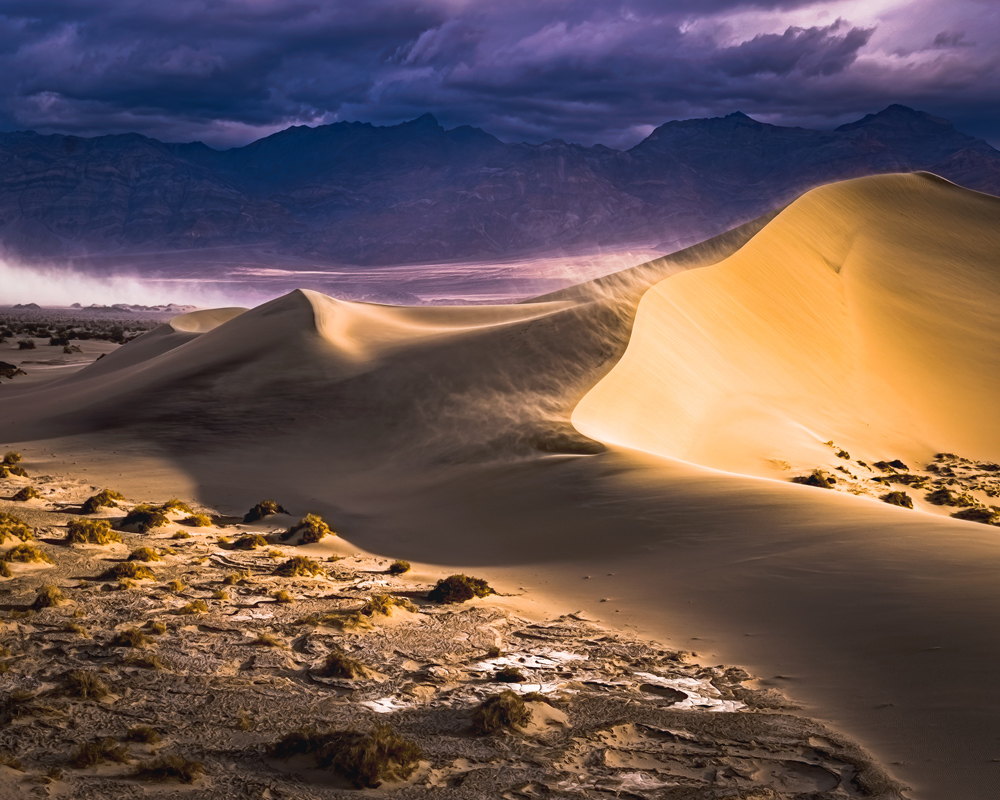
Learning The Right Way
Some say learn the rules then break the rules. While I know that this approach is built on good intentions, I also know that unlearning is more difficult and time-consuming than learning. Why work hard learning a bunch of rules then work even harder trying to forget those rules? I see no valid reason to put students through this. I believe it is much more productive to learn how to do things the proper way immediately and this proper way is to not follow outdated rules based on a paradigm that has seen its day and whose adherence to can only produce already seen images.
Unspeakable Things
My teaching approach does present significant challenges. To not follow established rules means we must make our own rules. But what are those? What should they consist of? First, they do not have to be called ‘rules.’ The word rules sound didactic to me. It describes something I have to do rather than something I want to do. Instead of ‘rules’, I like to say ‘things I like to do.’ I also like to say ‘unspeakable things’ when I talk about what I do to my images. Unspeakable things are my ‘rules’ except they are not rules. They are things I like to do, or more appropriately things I love to do. They are things that make me happy about my work and about the images I create.
Unspeakable Things is my counterpoint to the rules of the photo police. For a photo police person, the things I do to my images are unacceptable. Photo police people do not like these things and if they were to confront me they would try to make me feel guilty about doing these things. Above all they would not want me to talk about what I do. To them, these things would be unspeakable and would have to remain ‘secret.’ They would have to be things one keeps to himself, things one feels ashamed about as if one did these things because one cannot create a good photograph any other way. Falsely in other words. Or foolthomery or something like that. I may be making up words but you know what I mean: fooling people by using techniques one keeps secret, techniques one does not talk about, techniques that are unspeakable. By openly calling my techniques unspeakable I make the unspeakable speakable. I give these techniques front row attention. I make them the focus of my work. I also poke fun at the photo police and let everyone know that I am both proud and fearless about the things I do in my photographic work.
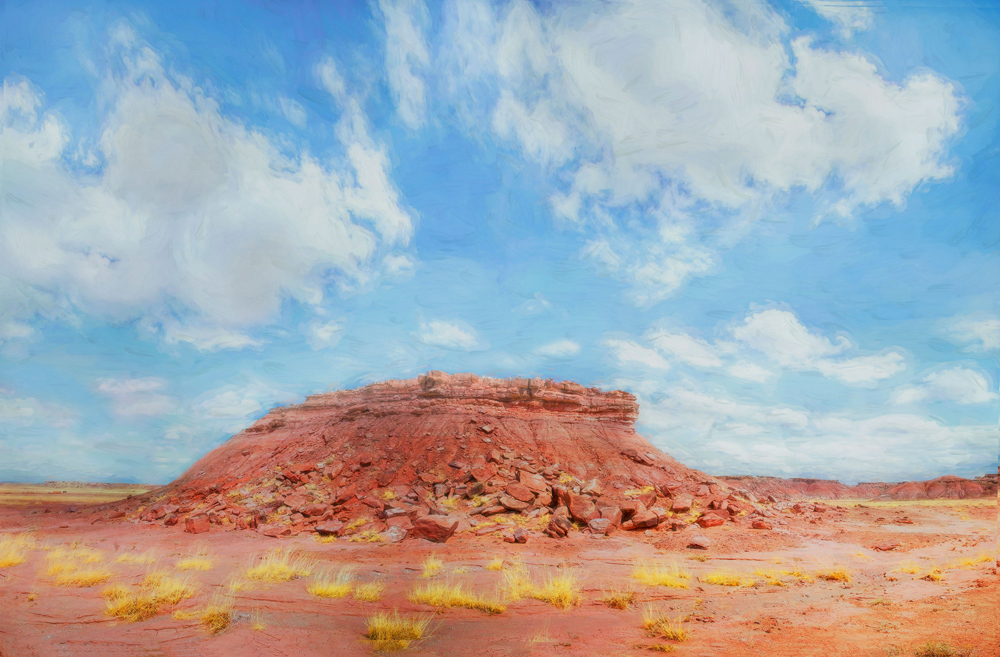
Our Photographs Are About Ourselves
As you can tell a leitmotiv is developing here and that is our photographs should be about ourselves. They should be about us and their goal should be to make us happy. If we do ‘unspeakable things’ to our work we should be in control of these unspeakable things. We should be the ones who decide what we do instead of blindly following outdated photo police rules.
Questioning is at the core of my teaching approach. This questioning is dialectic because it takes place through a dialogue with ourselves. This dialogue usually starts with a simple question: why am I following these rules? Is it for a good or a bad reason? Is it because I like them (good) or is it because I feel compelled to follow them (bad)? This dialogue is not necessarily easy. However easy is not what we are after here. Effectiveness is our goal and if this dialogue is done honestly it is effective.
My point here is that art is about self -expression. As such effective art must express the emotional inner sanctum of the artist. It is then that one becomes an artist. I consider becoming an artist a feat because to do so one must face personal fears and limitations. This feat is achieved when one throws all care to the wind and is transformed from a follower into a leader. At such time we leave the path we have travelled so far, no longer following in our teacher’s footsteps but making new footsteps in a direction not taken so far. We forge a path less travelled, or better a path not traveled on at all until now.
What Is Next
I originally intended this to be a two parts essay. However, after writing part two, I decided to add a third part focused on what I do in my own work. I thought of including a section about my personal work here but I realized that doing so would distract from the focus of this essay which is teaching. This third essay, part three of the photo police, will be published on this site soon.
Studying At Home With Alain Briot
The coronavirus situation has brought social distancing forcing us to stay home and limiting our photographic activities. I offer several ways for you to study without leaving home. First, you can refine and master your photographic skills with my Mastery Workshops on USB or DVD series. The Mastery Workshops focus on all areas of photography: processing, marketing, composition, etc. I have a 20 to 50% off offer, depending on how many Mastery Workshops you order at the same time. All the details are at this link. This link is also accessible from my home page.

Second, you can also study with my series of eBooks. These also focus on all areas of photography. Discounts are available if you purchase several eBooks at the same time. Click HERE for eBooks.

About Alain Briot
You can find more information about my tutorials, photographs, writings, and workshops as well as subscribe to my Free Monthly Newsletter on our website. You will receive 40 free eBooks when you subscribe to my newsletter.
Alain Briot
June 2020
Glendale, Arizona
Author of Mastering Landscape Photography,Mastering Composition, Creativity and Personal Style, Marketing Fine Art Photography, and How Photographs are Sold. http://www.beautiful-landscape.com [email protected]





